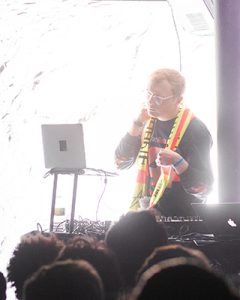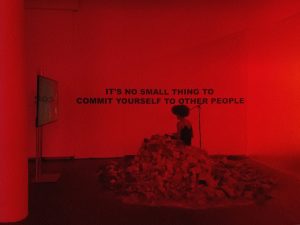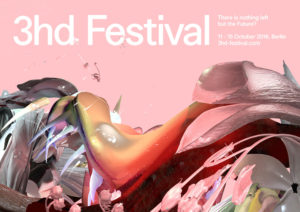Aspiring towards building and expanding the collective voice through the breakdown of traditional formalities, Xhoir is a contemporary, secular choral project focusing on friction and a somatic approach to sound. Here to talk with us about the project is founder Colin Self who makes clear that the “organizing practice aims to decentralize group singing and create a more porous platform for collective leadership.”
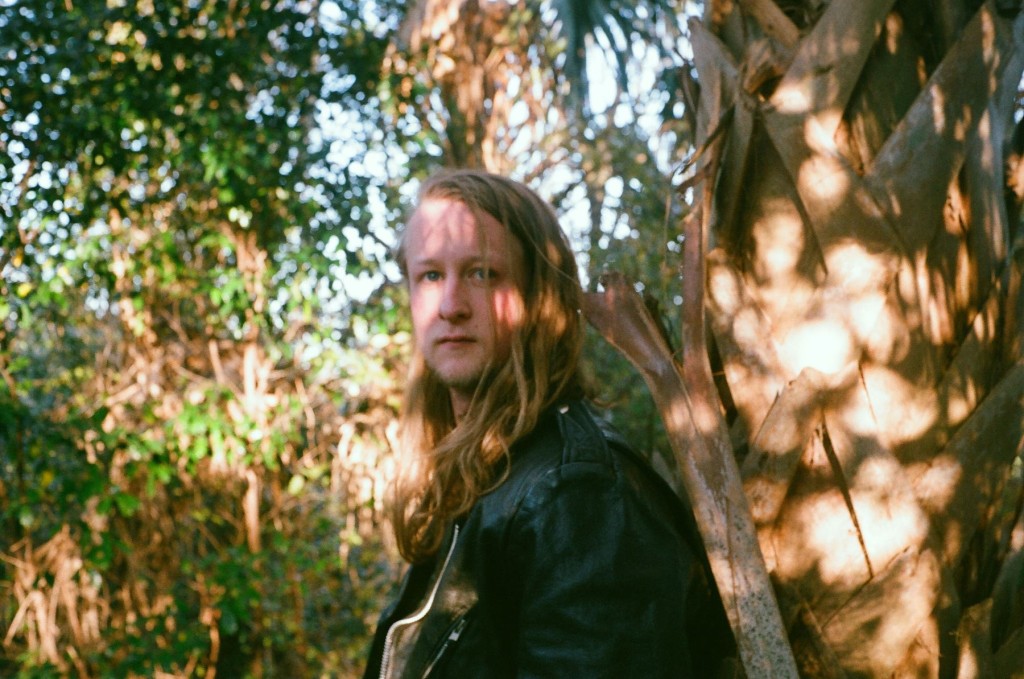
Open to any voice, trained or untrained, Xhoir is accepting submissions until November 12 for their ‘Non Utilitarian’ vocal workshop taking place on November 24 as part of the 2017 3hd Festival Whatever You Thought, Think Again at Berlin’s HAU Hebbel am Ufer as well as online running November 22 to 24. Now in its third year, and run by Daniela Seitz and Anja Weigl of Creamcake, the event brings together a number of performances, panels and workshops that explore “personal stories of overcoming adversity around visibility, feminism, empowerment and community,” featuring Abyss X, Farai, Jenna Sutela, M.E.S.H, Rui Ho and Tabita Rezaire among others.
Moving fluidly between music, performance, composing and choreography, the Berlin-based artist often works collaboratively and is a member of both New York-based collective Chez Deep and electronic trio Holly Herndon. His practice often revolves around ideas of social relationships, gender and communication, with Xhoir highlighting “the need for a community-oriented approach to everyday life in a digital age of alienation, while applying to be a voice of change.”
Framed within a discussion of activism and social transformation, Self talks to us about the medium of chorus as being a site for varied threads of learning to come together in an effort to unravel previous understandings, as well as the influences and research behind his interest in detuning the western influence and building a new somatic architecture.
**Does ‘non-utilitarian vocal workshop’ mean there is no sole organizer? How will the process of gathering disparate voices into one come together? Is the conductor dead?
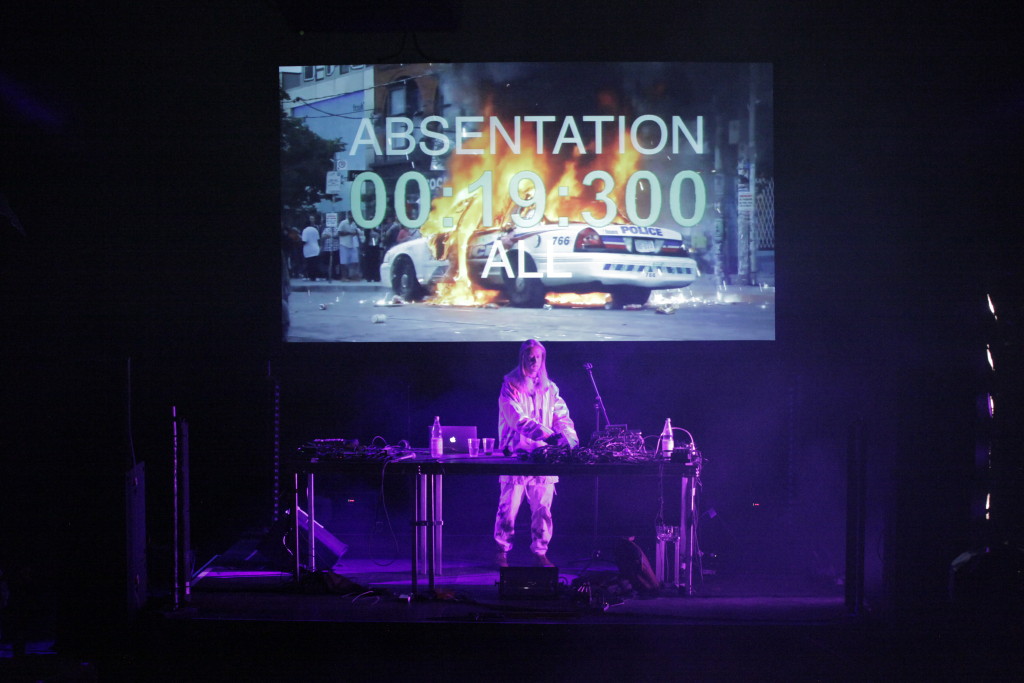
Colin Self: We started calling Xhoir ‘Non-Utilitarian’ to distinguish the practice apart from a broad history of vocal organizing bound to goals of live performance or the memorization of sheet music. Xhoir takes some aspirational cues from mindfulness meditation in this regard, and is not designed specifically to be performed for an audience, or to achieve a singular ‘correct’ way of vocalizing. I don’t think the conductor is dead nor do I want to deny my love for leading or guiding practice, but a part of my organizing practice aims to decentralize group singing and create a more porous platform for collective leadership.
** The workshop brief makes clear that anyone without training can come, respecting the fact that everyone has a voice. Can you talk a bit about the relationship between untrained + technique, and if you have an opinion or preference towards one
CS: I think there is a common binary misconception so many of us have decided upon in our minds if we can or cannot sing. There is a vast spectrum of people who have different relationships to the voice between the world of trained and untrained, a lot of which who used to sing more but stopped for various unchosen reasons. Xhoir can often be a site for undoing previous understandings of ‘trained’ or ‘untrained’ voices, where people rediscover something they haven’t acknowledged in a long time. The somatic roots of singing are so tied to how we breathe, so it’s often people with a relationship to meditation, dance, or something like swimming who find Xhoir to be second-nature. But again, it’s not a preference. Having all these varied threads of learning exist alongside each other is what makes for a rich Xhoir session.
CS: In regards to these workshop sessions, I often have very specific intentions about the format by which we move around with each other, or the shapes we make as a group. It’s a collective effort to voluntarily let ourselves get into a place of comfortably singing with strangers, so a lot of that somatic architecture is something everyone is building together. I might instigate an exercise or idea to the group but the result varies greatly on who is in the room and what they want for themselves and others. Since there is no direct audience, we just perform with each other.

** The chorus is a nice metaphor for individuality within collectivity and community, and coming together under one umbrella. Harmony, tune and sync has always been the nucleus and purpose of choral practice, where do you think contemporary choir is at now?
CS: I don’t know if I can speak on behalf of an entire field as to where contemporary choir is today, but there are several secular projects that I think are returning to the chorus as a medium. As much as harmony, tune, and sync are integral to a history group singing, and can provide generous somatic experiences, Xhoir is very much also about the friction outside of these things: detuning, dis-harmonics, breaking down the formalities and limitations of western influence and the 12-note chromatic scale. Dolores Catherino, a composer in Alaska, creates really great instruments and music for re-tuning the ear towards more complex frequencies. Taking inspiration from her and Pauline Oliveros ‘Deep Listening’ programs, Xhoir aspires towards expanding the somatic experience of listening… which includes all the beauty and chaos we experience as sonic creatures.
** What choirs, dancers or other form of collective group movement are you inspired by and looking to at the minute?
CS: Reverend Billy And The Stop Shopping Choir, The Gray Voice Ensemble, Bárbara Lázara’s Coral Visceral – are all great examples of an expansive understanding of where the collective voice can go today. I am also just inspired by the protests and demonstrations I’ve attended over the years, and the vocal experience that is protest. The longer I do Xhoir the more I discover countless small threads of people in various parts of the world organizing on their own behalf and creating empowering platforms for each other to sing. I am currently reading a book ‘Toward Collective Liberation’ by Chris Crass about the history of anti-racist feminist movement building strategies and am forever impressed by the countless unnamed small local organizing initiatives who are perpetually doing work behind the scenes in Oregon, Mexico, Louisiana– around the world really. It’s often the smallest groups doing this work that inspire me the most.**


